Eugène Delacroix was a French artist and a key figure in Romantic painting. He was born in Charenton-Saint-Maurice on April 26, 1798 into an upper class French family. After high school, he enrolled at the Ecole des Beaux-Arts. He studied masterpieces in the Louvre, focusing on important sixteenth- and seventeenth-century painters. From the start, Delacroix’s art displayed elements of the dramatic. The Barque of Dante, accepted by the Paris Salon in 1822, displayed strong contrasts between light and darkness as well as the unsettled movement of bodies. The young artist’s raw talent struck observers and critics alike.
The following year he began The Massacre at Chios. The painting was inspired by contemporary events, in this case the Turkish repression of Greek nationalists. Delacroix portrayed prisoners awaiting deportation. On the right stood a Turkish soldier brandishing a sword. Delacroix alternated between historical and literary themes as well as those influenced by current events.
He painted countless portraits of artists, musicians, and poets. His most famous work, Liberty Leading the People, pays tribute to the popular 1830 insurrection against King Charles X and the ascent of Louis-Philippe. The female figure at the center of the painting personifies freedom, marching at the head of the masses with the French tricolor flag unfurled. In 1832, Delacroix journeyed to North Africa in search of new subjects. The paintings that emerged display the artist’s interest in local customs and reflect his ability to reproduce the Mediterranean’s bright, golden light. Among the most well known, Women of Algiers in their Apartment, was put on display in Paris that year and subsequently purchased by Louis-Philippe.
In the 1840s Delecroix returned to ancient and mythological themes. His brushstroke technique appeared to accelerate, yielding even brighter colors and more dense compositions. His fame grew greater still and he received important public commissions. His last works were frescoes that for the Chapelle des Anges in Paris’ Saint-Suplice church. Eugène Delacroix died in Paris on August 13, 1863, leaving behind diaries in which he reviewed his life and reflected on painting.
The following year he began The Massacre at Chios. The painting was inspired by contemporary events, in this case the Turkish repression of Greek nationalists. Delacroix portrayed prisoners awaiting deportation. On the right stood a Turkish soldier brandishing a sword. Delacroix alternated between historical and literary themes as well as those influenced by current events.
He painted countless portraits of artists, musicians, and poets. His most famous work, Liberty Leading the People, pays tribute to the popular 1830 insurrection against King Charles X and the ascent of Louis-Philippe. The female figure at the center of the painting personifies freedom, marching at the head of the masses with the French tricolor flag unfurled. In 1832, Delacroix journeyed to North Africa in search of new subjects. The paintings that emerged display the artist’s interest in local customs and reflect his ability to reproduce the Mediterranean’s bright, golden light. Among the most well known, Women of Algiers in their Apartment, was put on display in Paris that year and subsequently purchased by Louis-Philippe.
In the 1840s Delecroix returned to ancient and mythological themes. His brushstroke technique appeared to accelerate, yielding even brighter colors and more dense compositions. His fame grew greater still and he received important public commissions. His last works were frescoes that for the Chapelle des Anges in Paris’ Saint-Suplice church. Eugène Delacroix died in Paris on August 13, 1863, leaving behind diaries in which he reviewed his life and reflected on painting.
RELATED
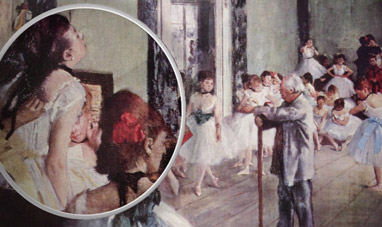

THE DANCE CLASS
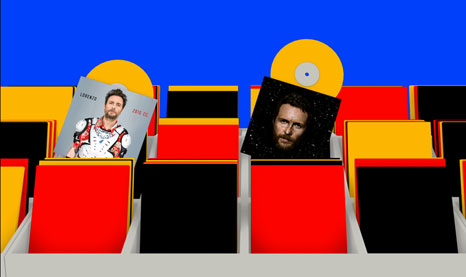

JOVANOTTI
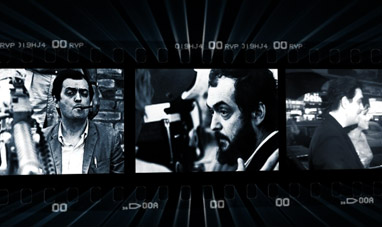

STANLEY KUBRICK
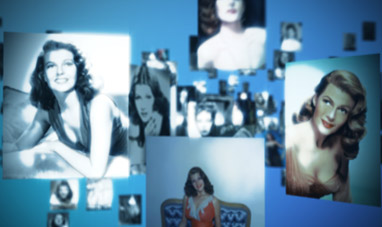

RITA HAYWORTH
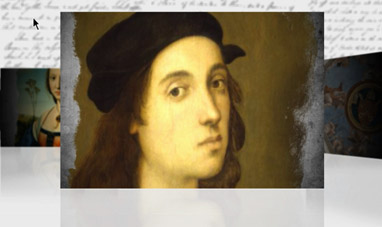

RAPHAEL
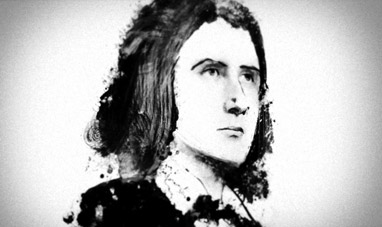

FRANZ LISZT
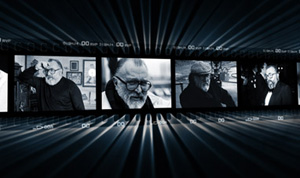

SERGIO LEONE
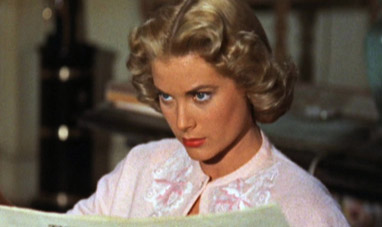

GRACE KELLY
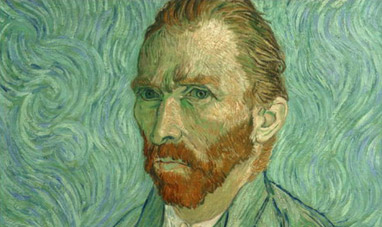

VINCENT VAN GOGH
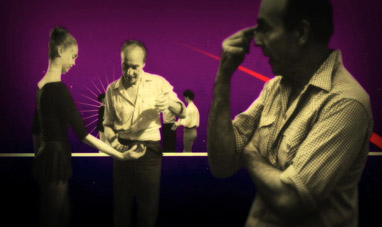

GEORGE BALANCHINE
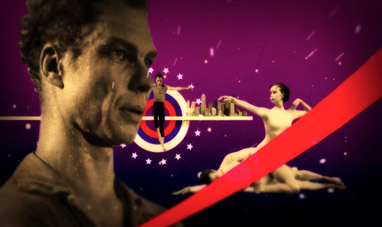

MERCE CUNNINGHAM
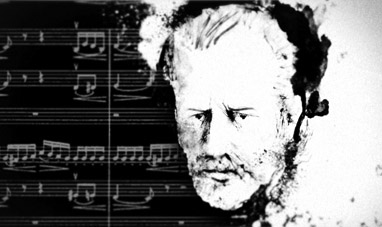

PYOTR ILLYCH TCHAIKOVSKY
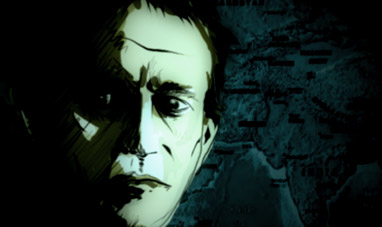

BRUCE CHATWIN
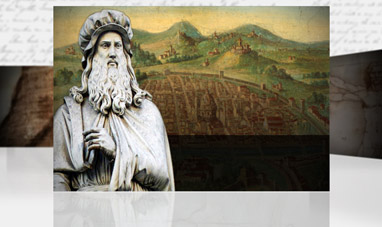

LEONARDO DA VINCI


BETTE DAVIS
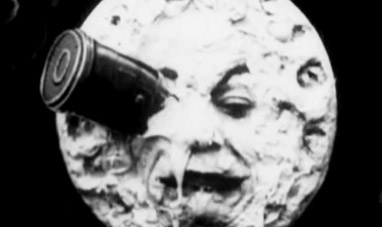

GEORGES MÉLIÉS
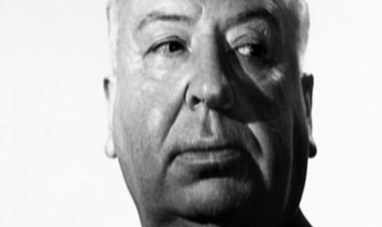

ALFRED HITCHCOCK
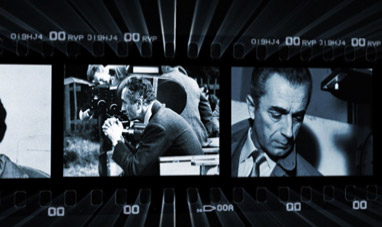

MICHELANGELO ANTONIONI
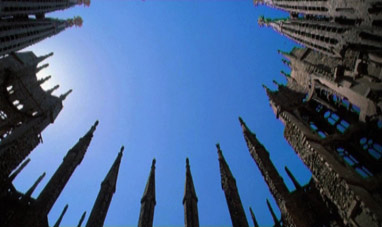

ANTONI GAUDÍ
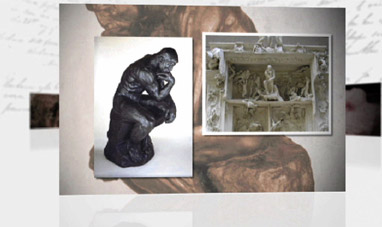

AUGUSTE RODIN
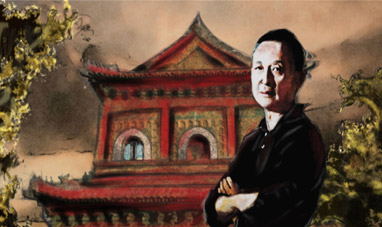

GAO XINGJIAN
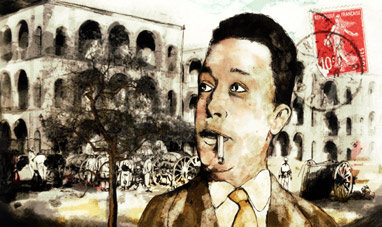

ALBERT CAMUS
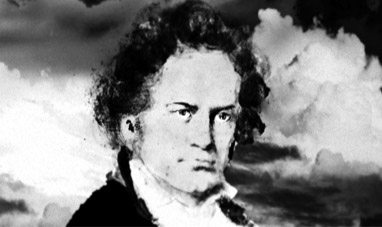

LUDWIG VAN BEETHOVEN
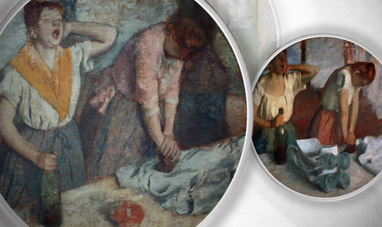

WOMEN IRONING
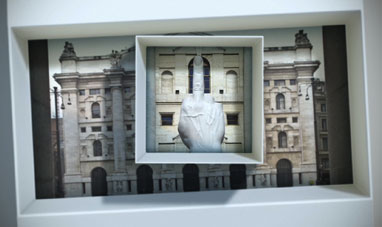

MAURIZIO CATTELAN
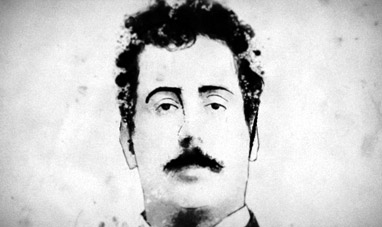

GIACOMO PUCCINI
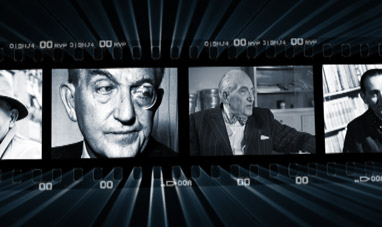

FRITZ LANG


VITTORIO DE SICA
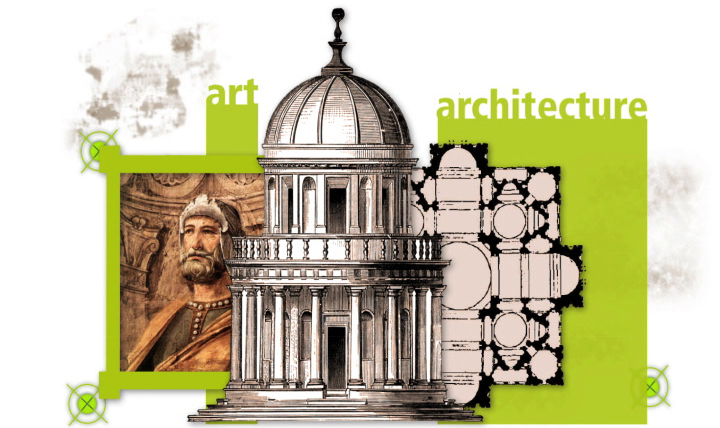

DONATO BRAMANTE
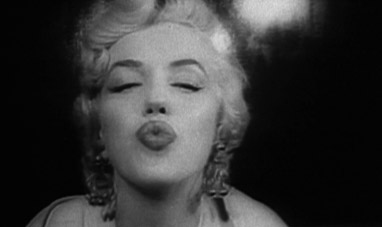

MARILYN MONROE
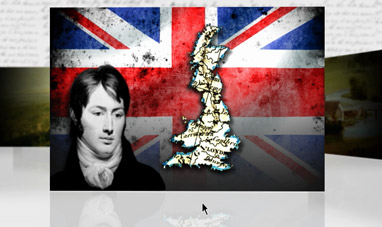

JOHN CONSTABLE
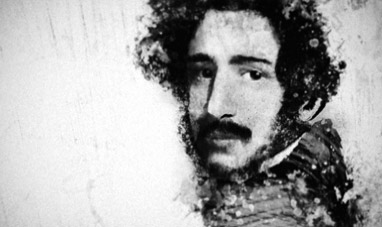

GAETANO DONIZETTI


PIERO MANZONI
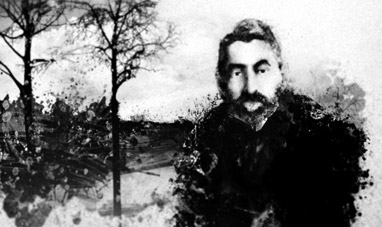

CLAUDE DEBUSSY
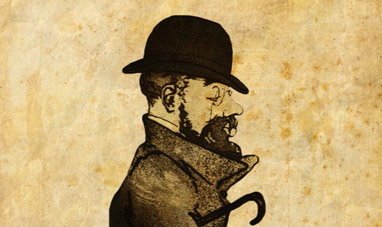

HENRI DE TOULOUSE-LAUTREC
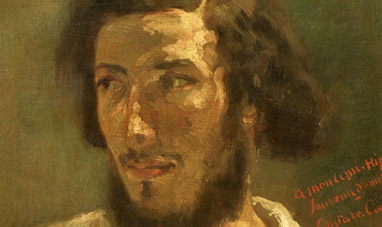

GUSTAVE COURBET
